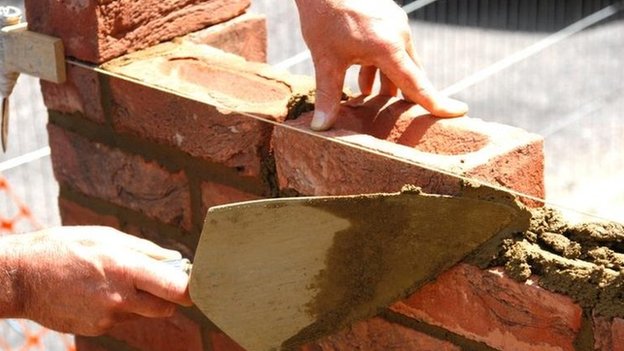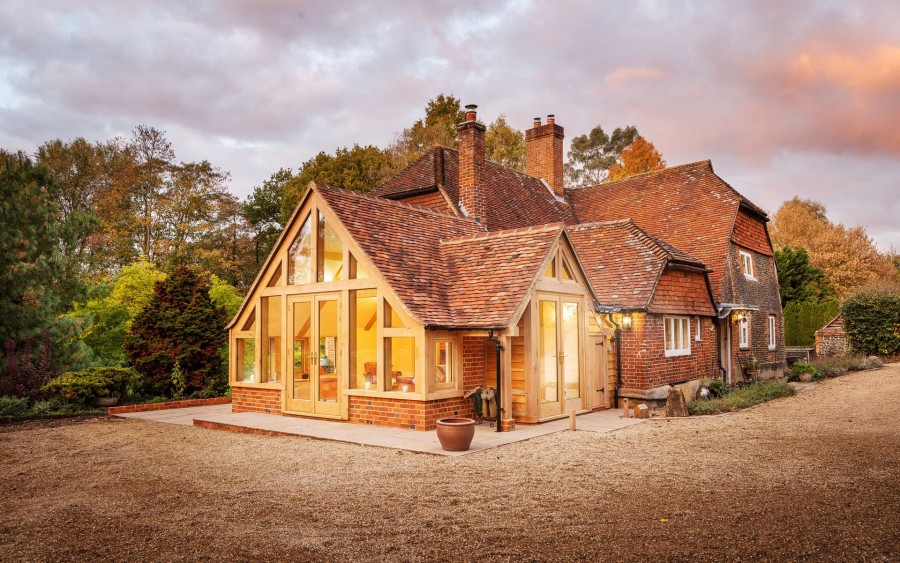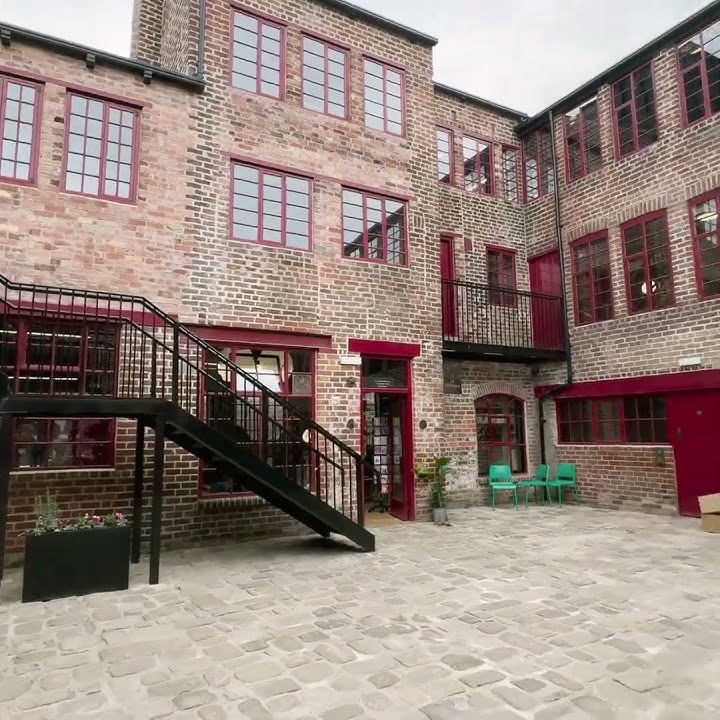The design of new
housing developments in England is overwhelmingly ‘mediocre’ or ‘poor’, with
less-affluent communities the worst affected, according to a national audit
conducted by UCL for CPRE, the countryside charity, and the Place Alliance.
A housing design audit for England reveals that 75% of new housing development should
not have gone ahead due to ‘mediocre’ or ‘poor’ design.
The report, an audit
of over 140 housing developments built across England since 2007, found that
one in five of these developments should have been refused planning permission
outright as their poor design was contrary to advice given in the National Planning
Policy Framework. A further 54% should not have been granted permission without
significant improvements to their design having been made first.
The audit also found
that:
- Less affluent
communities are ten times more likely to get worse design, even though better
design is affordable;
- Low-scoring housing
developments scored especially badly in terms of character and sense of place,
with architecture that does not respond to the context in which it is located;
- The worst reported
aspects of design include developments dominated by access roads and the poor
integration of storage, bins and car parking, leading to unattractive and
unfriendly environments with likely negative health and social implications;
- Some gains have been
made - schemes scored relatively highly for safety and security and were also
typically successful at integrating a variety of sizes of house;

Professor Matthew
Carmona (The Bartlett School of Planning, UCL) Chair of the Place Alliance, who
led the research, said: “Research has consistently shown that high quality
design makes new residential developments more acceptable to local communities
and delivers huge social, economic and environmental value to all, yet we are
still failing in this regard across England.
“Planning authorities are under pressure to deliver new
homes and are therefore prioritising numbers in the short-term over the
long-term negative impacts of bad design. At the same time, house builders have
little incentive to improve when their designs continue to pass through the
planning system. Some highways authorities, meanwhile, do not even recognise
their role in creating a sense of place for communities.
“Collectively, house builders, planning authorities and
highways authorities need to significantly raise their game. This can’t come
soon enough”.
Tom Fyans,
Campaigns and Policy Director at CPRE, the countryside charity, said: “The
Government has presided over a decade of disastrous housing design and must
raise standards immediately. This research is utterly damning of larger house
builders and their failure to build the homes our communities deserve.
"They must significantly raise their game if we are to
create the sorts of places that future generations will feel proud to call
home. It’s no wonder so many of our communities feel apprehensive towards new
development when the design is so poor. That’s why significantly improving the
quality of design is central to addressing the housing shortage."
The audit proposed a
range of recommendations for the Government, house builders and local
government. Amongst these the research found strong benefits in designing at
higher densities than is the norm. The Government should be more
prescriptive in seeking less sprawling densities, as more compact developments
tend to be designed more sensitively. It should require highways design that
helps to create high quality, characterful places.
Housebuilders need to
drive greater ambition across the sector in order to advance a more ethical
approach to the design of development that prioritises the long-term social
wellbeing of their customers and the health of the environment at large.
Local authorities need
to use proactive design codes – design parameters established for each site –
and design review processes for all major housing schemes. Local authorities
also need to end the current disconnect between highways design and planning
aspirations when it comes to new housing areas.
Schemes which do not
meet minimum requirements should be refused on design grounds and this should
be supported, without question, by the Government regardless of progress
towards meeting housing targets in the area.

Cllr David Renard,
the Local Government Association’s housing spokesman, said that councils want
to work with the Government over the critical need for renewed national
leadership on standards for new homes, which would give certainty to councils,
developers and communities.
"These
standards should future-proof all new homes, ensuring they are accessible for
all ages and all markets, meet the housing needs of our ageing population and
are environmentally sustainable," he said.
“High-quality homes
for affordable and social rent are desperately needed across the country now,
and councils need to be able to resume their role as major builders of
affordable homes. The last time this country built homes at the scale that we
need now was in the 1970s when councils built more than 40 per cent of them.
Councils were trusted to get on and build homes that their communities needed,
and they delivered, and they can do so again.
“For that to happen,
the Government needs to use the forthcoming Budget to reform Right to Buy, by
allowing councils to keep receipts of homes sold under RTB in full and to have
the flexibility to set discounts locally.
“It should also
revoke the permitted development right, which means local communities are
denied the opportunity to shape the area they live in, ensure homes are built
to high standards with the necessary infrastructure in place, and see
affordable housing provided.”





















